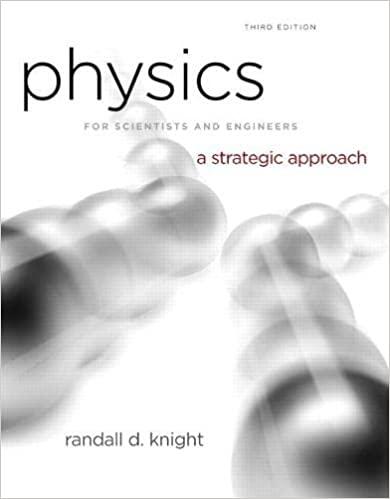Question
Speed of a projectile & its motion INTRODUCTION The aim of this is to analyze the properties of projectile motion. Unless a projectile is launched
Speed of a projectile & its motion
INTRODUCTION
The aim of this is to analyze the properties of projectile motion. Unless a projectile is launched perfectly straight up and down, it will move in an X (horizontal) direction and a Y (vertical) direction. Due to gravity, we will scrutinize the invariable acceleration in the Y direction and the invariable velocity in the X direction when we launch steel balls off a ramp. We obtained the initial velocity with a PhotoGate during each attempt and handled three different positions in the attempts, High, Medium, and Low. We estimated the predicted flight distances of the ball from our median velocities.
EXPERIMENTAL PROCEDURE
- Installed Launch Ramp at the edge of the table and firmed with clamps.
- Plugged PhotoGate into LabPro interface port and made sure that when the sensor would capture the center of the steel ball as it passed through.
- Opened the Physics folder on the desktop and selected Projectile Lab.
- Measured the three different heights (High, Middle, and Low) and marked them.
- Took the initial velocity from three different heights three different times. Then, utilized the medium velocity to calculate the predicted launch distance.
- Held scratch paper in the area of our predicted landing spot with masking tape. Placed carbon paper on top of the scratch paper.
- Launched the steel balls and compared their landing to our calculated landing site.
DATA
| Data Table | |||||||
| Release Position on ramp | "V" (1) (2) (3) (m/s2) | "VM" Median Velocity (m/s2) | "Xp" Predicted from "Vm" (m) | "Xm" Measured Distance (m) | "Vc" Calculated Velocity (m/s2) | % Differnece ("Xm" & "Xp") | % Difference ("Vm" & "Vc") |
| High | 2.199 | 2.148 | 0.939 | 0.926 | 2.12 | 1.38 | 1.32 |
| 2.145 | |||||||
| 2.148 | |||||||
| Medium | 1.868 | 1.865 | 0.815 | 0.800 | 1.83 | 1.84 | 1.91 |
| 1.854 | |||||||
| 1.865 | |||||||
| Low | 1.515 | 1.493 | 0.652 | 0.635 | 1.45 | 2.61 | 2.97 |
| 1.477 | |||||||
| 1.493 |
Diameter of ball in meters = 25.4 mm = 0.0254 m
Fall height from bottom of ball to the feet "h" = 0.935 m
Calculated time of flight "t" = 0.437 s
Based on the above,
1. Why can use use the same time value of "t" for each velocity?
2. What is the velocity of the projectile in the vertical direction (y) at impact?
3. What is the velocity of the projectile at impact (both magnitude and direction? (Use components, show your work)
4. Where does ari friction most affect this experiment? What effect does it have>
5. List two possible sources of error for this experiment.
6. Give a summary of the results of the experiment. Make a statement on whether the objective of the experiment has been achieved. Include comments on possible sources of error especially if the percent differences are larger than the experimental errors.
Step by Step Solution
There are 3 Steps involved in it
Step: 1

Get Instant Access to Expert-Tailored Solutions
See step-by-step solutions with expert insights and AI powered tools for academic success
Step: 2

Step: 3

Ace Your Homework with AI
Get the answers you need in no time with our AI-driven, step-by-step assistance
Get Started


